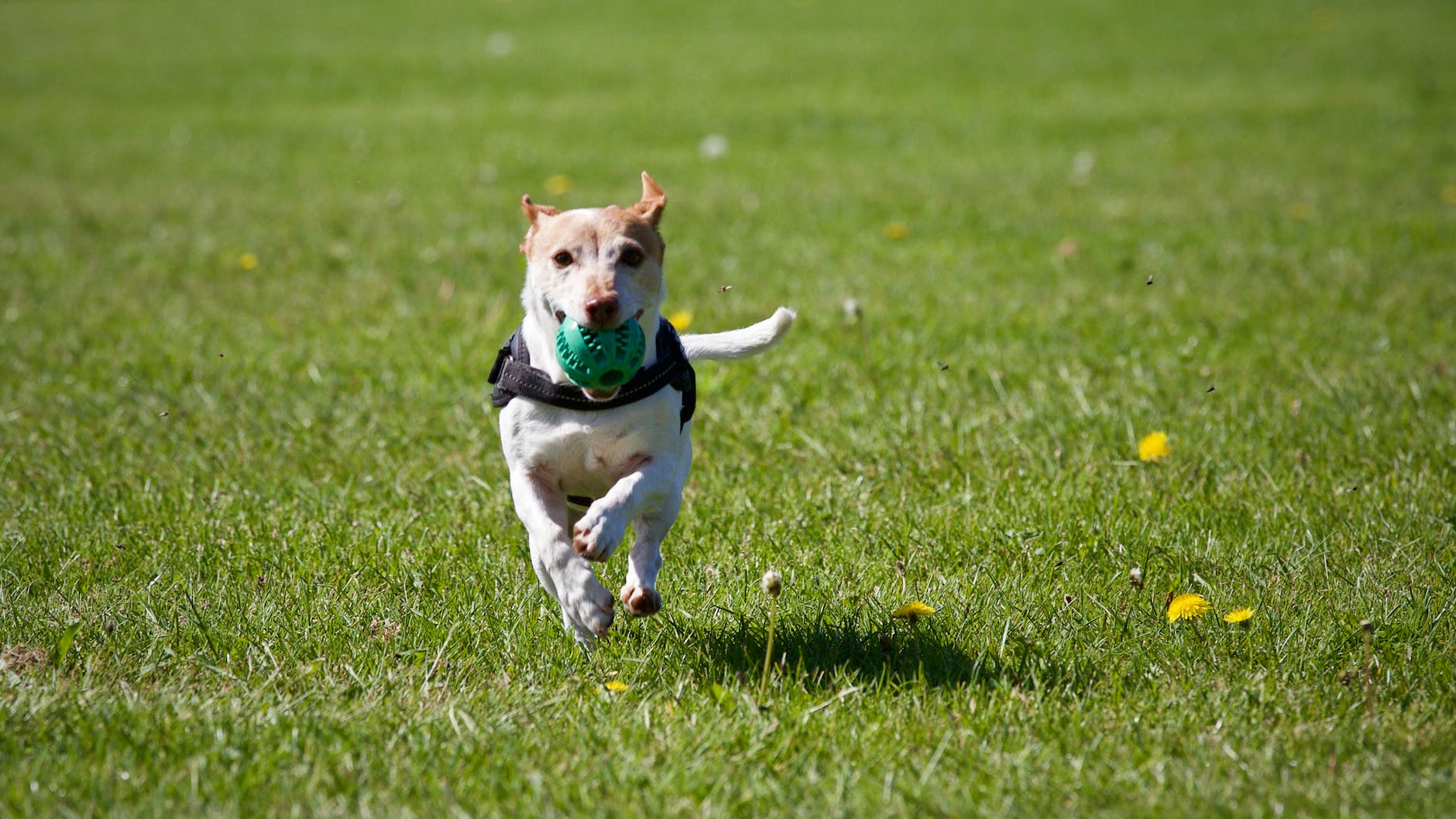Your cart is currently empty!
Maximizing Your Dog’s Potential: A Guide to Effective Dog Training Techniques

Dog training is an essential aspect of dog ownership. It helps to build a strong bond between you and your pet, promotes good behavior, and provides mental and physical stimulation. There are various methods of dog training, each with its own advantages and disadvantages. In this blog, we will discuss some of the most popular dog training methods and offer tips for successful training.
Positive Reinforcement Training
Positive reinforcement is one of the most widely used dog training methods. It involves rewarding your dog for good behavior, thereby reinforcing it. For example, if your dog sits when asked, you can reward him with a treat or praise. This type of training helps to build trust and positive associations with training. The key to positive reinforcement training is consistency, timing, and selecting rewards that are motivating for your dog.
Clicker Training
Clicker training is a type of positive reinforcement training that uses a small, handheld clicker to mark the desired behavior. The clicker makes a unique sound that your dog quickly learns to associate with a treat or praise. When your dog performs the desired behavior, you click the clicker and immediately give the reward. This type of training is effective because it provides precise, instant feedback to your dog, which helps to shape and reinforce desired behaviors.
Operant Conditioning
Operant conditioning is a type of training that focuses on manipulating consequences to increase or decrease the likelihood of a particular behavior. This method involves reinforcing desired behaviors by adding a desirable consequence (positive reinforcement) or punishing undesired behaviors by removing or reducing a desirable consequence (negative reinforcement). The objective is to increase the frequency of desired behaviors and reduce the frequency of undesired behaviors.

Classical Conditioning
Classical conditioning is a type of learning that occurs when a neutral stimulus becomes associated with a naturally occurring stimulus. This method is often used to help dogs overcome phobias or to develop positive associations with new situations or people. For example, if your dog is afraid of thunderstorms, you can pair the sound of thunder with a tasty treat, eventually teaching your dog that thunderstorms are not scary but instead a time to look forward to.
Behavior Modification
Behavior modification is a type of training that involves changing an undesired behavior by either reinforcing an alternative behavior or reducing the reinforcement for the undesired behavior. For example, if your dog jumps on visitors, you can reinforce your dog for sitting instead of jumping or remove reinforcement for jumping by ignoring the behavior. Behavior modification requires patience, consistency, and a solid understanding of the behavior you are trying to change.
Training Tips
- Start with simple commands: Start with commands such as “sit,” “stay,” and “come,” and gradually increase the difficulty as your dog becomes more proficient.
- Be consistent: Use the same commands every time you train your dog, and be consistent with rewards and punishments.
- Use positive reinforcement: Reward your dog frequently for good behavior, using treats, praise, or play.
- Be patient: Training can take time, and some dogs may need more time than others to learn. Don’t become frustrated and avoid using physical punishment, as this can damage your relationship with your dog.
- Make training fun: Training should be a fun and enjoyable activity for both you and your dog. Mix things up by using different rewards, adding distractions, and changing the location of your training sessions.
dog training, dog ownership, bond, behavior, techniques.
Positive reinforcement dog training, Clicker training for dogs, Operant conditioning in dog training, Classical conditioning for dog phobias, Behavior modification techniques for dogs,